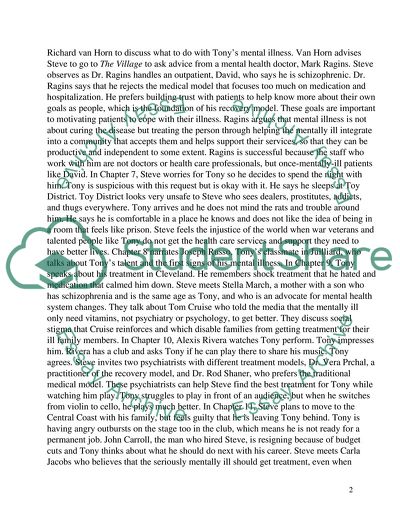Cite this document
(Mental Recovery and Society in The Soloist Book Report/Review - 1, n.d.)
Mental Recovery and Society in The Soloist Book Report/Review - 1. https://studentshare.org/social-science/1834378-reading-journey-for-the-soloist-by-steven-lopez
Mental Recovery and Society in The Soloist Book Report/Review - 1. https://studentshare.org/social-science/1834378-reading-journey-for-the-soloist-by-steven-lopez
(Mental Recovery and Society in The Soloist Book Report/Review - 1)
Mental Recovery and Society in The Soloist Book Report/Review - 1. https://studentshare.org/social-science/1834378-reading-journey-for-the-soloist-by-steven-lopez.
Mental Recovery and Society in The Soloist Book Report/Review - 1. https://studentshare.org/social-science/1834378-reading-journey-for-the-soloist-by-steven-lopez.
“Mental Recovery and Society in The Soloist Book Report/Review - 1”. https://studentshare.org/social-science/1834378-reading-journey-for-the-soloist-by-steven-lopez.


